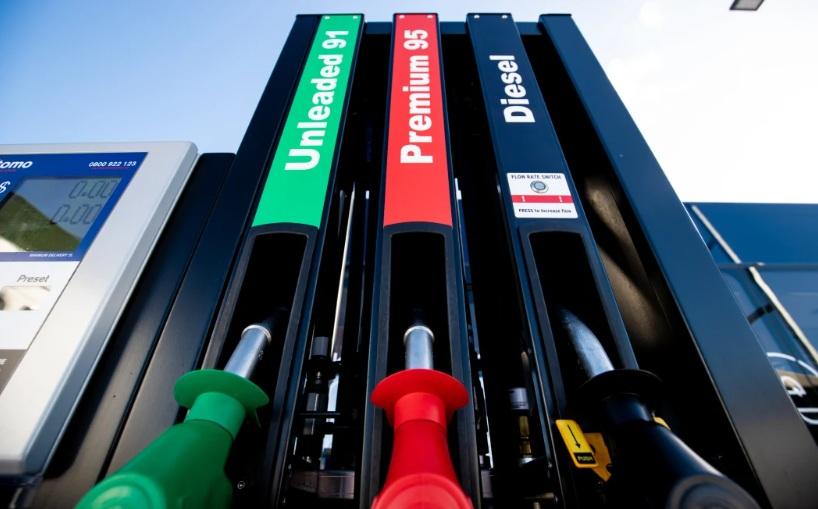Petrol prices had already started to creep up, and increased conflict in the Middle East could add another 10 percent or 15 percent to the cost of filling up, economists say.
Mike Newton, from fuel price app Gaspy, said there had been an “upswing” in prices recently, even before the US attack on Iran and Iran proposed blocking the Strait of Hormuz.
He said the price of 91 petrol had increased four cents in the past week alone.
“A lot of this will be purely speculative as the actual effect on supply is yet to make itself properly felt.
“There is talk that we may see similar impacts to those felt at the beginning of the Russia-Ukraine conflict, then we saw prices increase sharply by 35c in less than three weeks.”
Infometrics chief executive Brad Olsen said the 3 percent lift in oil prices recorded on Monday (NZT) was more muted than expected.
Kelly Eckhold, chief economist at Westpac, said there had been a 14 percent rise in oil price in the past two weeks.
But he said the Ministry of Business, Innovation and Employment’s data from June 13 showed prices were yet to see that impact.
“Right now oil markets seem calm but it remains to be seen how things settle as events unfold. It may be that firms are waiting to see where the price settles.
“I guess that’s a long winded way of saying that a rise in petrol prices looks in the offing – perhaps in the range of 10 percent to 15 percent or so if the oil price trends are any guide.”
Miles Workman, a senior economist at ANZ, said the movement seen in oil markets so far was not huge compared to volatility experienced in the past.
He said the US was now a net exporter of oil and the higher global prices rose, the more incentive there was to increase US shale production.
“The world doesn’t depend on these pockets anymore to get its oil because the US has become a much larger player. And the thing with shale production is it’s actually quite easy to turn the taps on and off.
“What that means for world oil prices is that there’s a bit of a cap in how high they may go but where that cap is is still a big unknown.”
He said, as well as world oil prices, what New Zealand motorists paid would be affected by the New Zealand dollar.
“We don’t refine any here any more because we closed Marsden Point. So where the New Zealand dollar goes is going to have a key impact.”
He said, in situations where there were heightened geopolitical tensions, the New Zealand dollar was expected to come under pressure and could fall in value.
“So all else equal that increases the cost to import petrol.
“That’s a potentially nasty combo because it’s a double whammy where we’re in a world where the oil price is under upward pressure because we’re a bit worried about how much global supply we’re going to see out of the region and then you get a weaker dollar which adds to the cost of imports.”
He said historically the peak for 91 had been about $3.16 a litre in mid 2022.
More recently, prices had fallen and were probably down about 5 percent in the second quarter, he said.
If higher petrol prices started to flow through to broader inflation and inflation expectations, the Reserve Bank might decide it needed to react, Workman said, which could limit any further reductions in the OCR.














